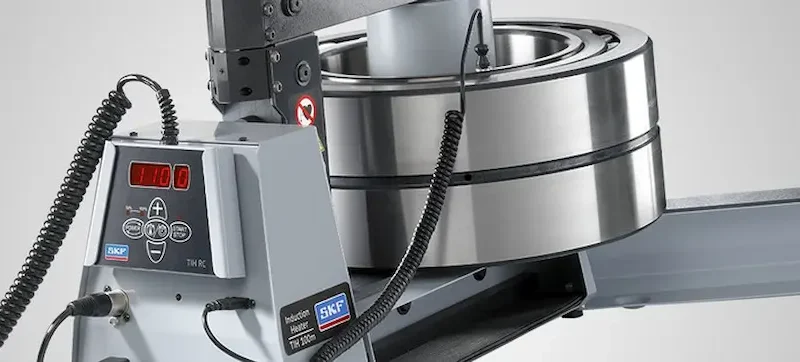Maximizing Efficiency with Bearing Heaters: Best Practices and Tips
Bearing heaters play a vital role in various industries where the installation or removal of bearings is a routine task. These devices offer a safe and efficient method for heating bearings, allowing for easier installation, reducing the risk of damage to components, and maximizing operational efficiency. In this article, we’ll explore best practices and tips for maximizing efficiency when using bearing heaters.
Understanding Bearing Heating
Before delving into best practices, it’s essential to understand the purpose and function of bearing heaters. A bearing heater is a specialized device designed to heat bearings uniformly to a specific temperature, facilitating their installation or removal from shafts or housings. By heating the bearing, thermal expansion occurs, making it easier to mount or dismount without causing damage to the bearing or surrounding components.
Selecting the Right Bearing Heater
Choosing the appropriate bearing heater for your application is crucial for achieving optimal results. Consider factors such as bearing size, weight, and material when selecting a bearing heater. Additionally, ensure that the heater’s heating capacity aligns with the requirements of your specific bearings.
Best Practices for Using Bearing Heaters
To maximize efficiency and prolong the lifespan of your bearings, follow these best practices when using bearing heaters:
1. Proper Positioning
Position the bearing securely on the heater’s heating element, ensuring it makes full contact for uniform heating. Avoid overloading the heater or placing bearings in a way that obstructs airflow, as this can lead to uneven heating and potential damage.
2. Monitor Temperature
Use a temperature monitoring device to accurately gauge the temperature of the bearing during the heating process. Overheating can cause thermal damage to the bearing, so it’s essential to heat the bearing to the manufacturer’s recommended temperature range.
3. Allow Sufficient Heating Time
Ensure that the bearing reaches the desired temperature uniformly by allowing sufficient heating time. Rushing the heating process can result in inadequate thermal expansion, making installation or removal more challenging and increasing the risk of damage.
4. Handle Bearings Carefully
Once the bearing has reached the desired temperature, handle it with care using appropriate tools and gloves to avoid burns or injuries. Avoid dropping or mishandling the bearing, as this can cause damage or compromise its performance.
5. Inspect Bearings Before Installation
Before installing heated bearings, inspect them for any signs of damage or wear. Replace any damaged or worn bearings to prevent premature failure and ensure optimal performance.
Tips for Efficient Bearing Heating
In addition to best practices, consider the following tips to enhance the efficiency of your bearing heating process:
- Preheat Bearings: Preheating bearings in a controlled environment can reduce heating time and energy consumption, especially in cold climates or during winter months.
- Use Insulating Gloves: Insulating gloves can help protect your hands from heat while handling heated bearings, improving safety and comfort during the installation or removal process.
- Implement Maintenance Procedures: Regularly inspect and maintain your bearing heater to ensure proper functionality and performance. Clean heating elements and check for any signs of wear or damage to components.
- Invest in Quality Equipment: Choose high-quality bearing heaters from reputable manufacturers to ensure reliability, accuracy, and longevity. Quality equipment can offer better temperature control and consistency, resulting in improved efficiency and reduced downtime.
- Train Personnel: Provide comprehensive training to personnel responsible for operating bearing heaters to ensure proper usage and adherence to safety protocols. Proper training can minimize errors and maximize efficiency in bearing heating processes.
Conclusion
Bearing heaters are indispensable tools for industries that rely on bearings for various applications. By following best practices, selecting the right equipment, and implementing efficient heating techniques, you can maximize the efficiency of your bearing heating process, reduce downtime, and prolong the lifespan of your bearings.
Incorporate these tips and practices into your bearing maintenance routine to ensure smooth operations and optimal performance across your industrial processes.

